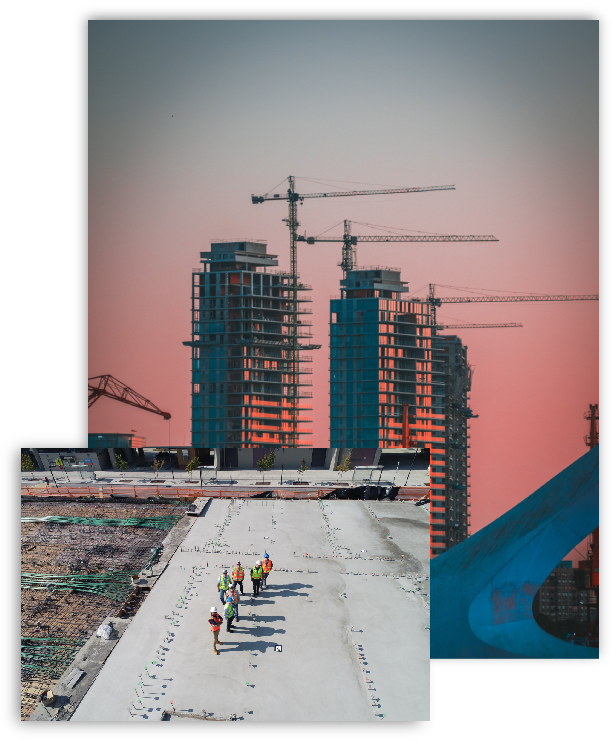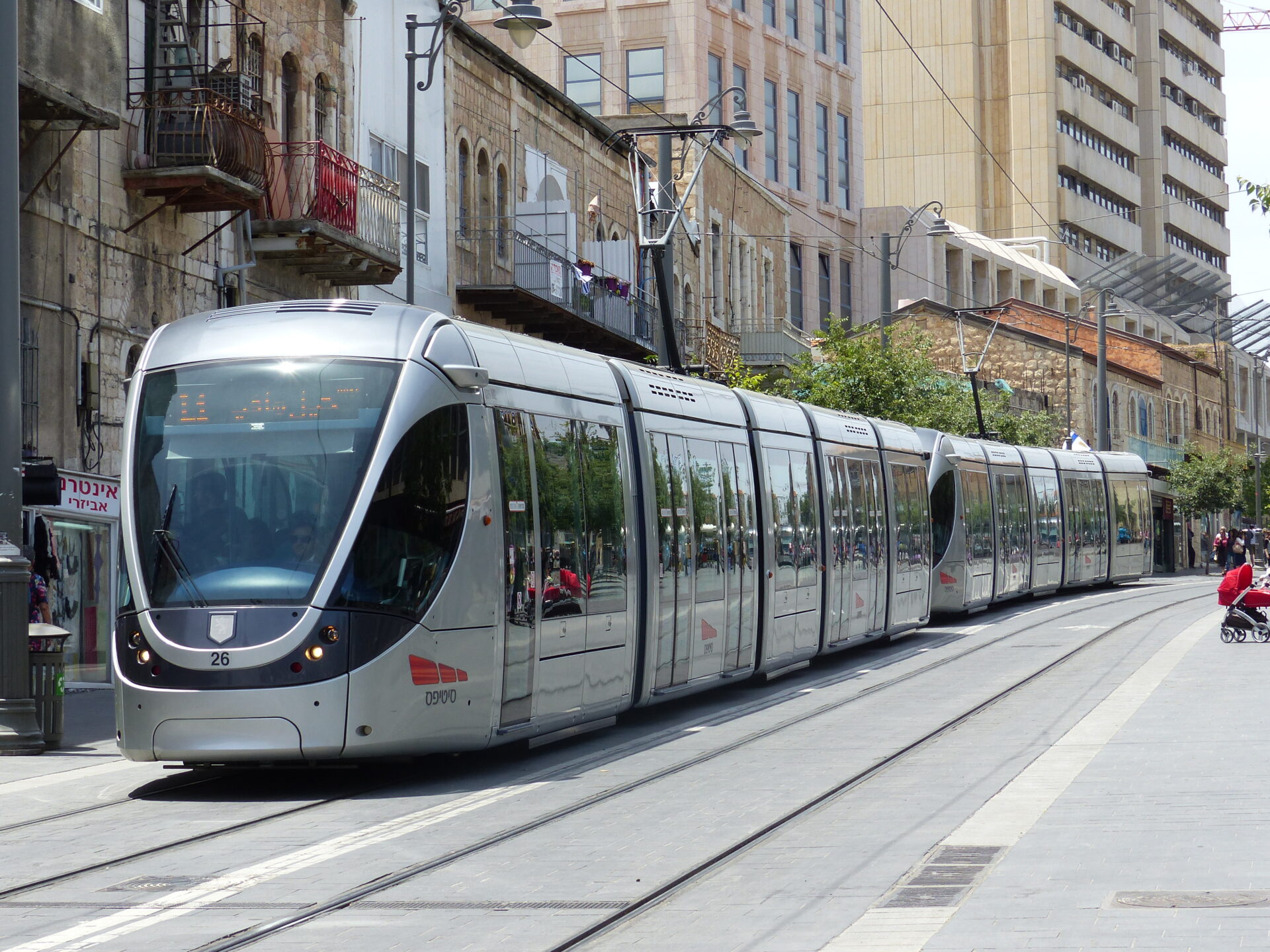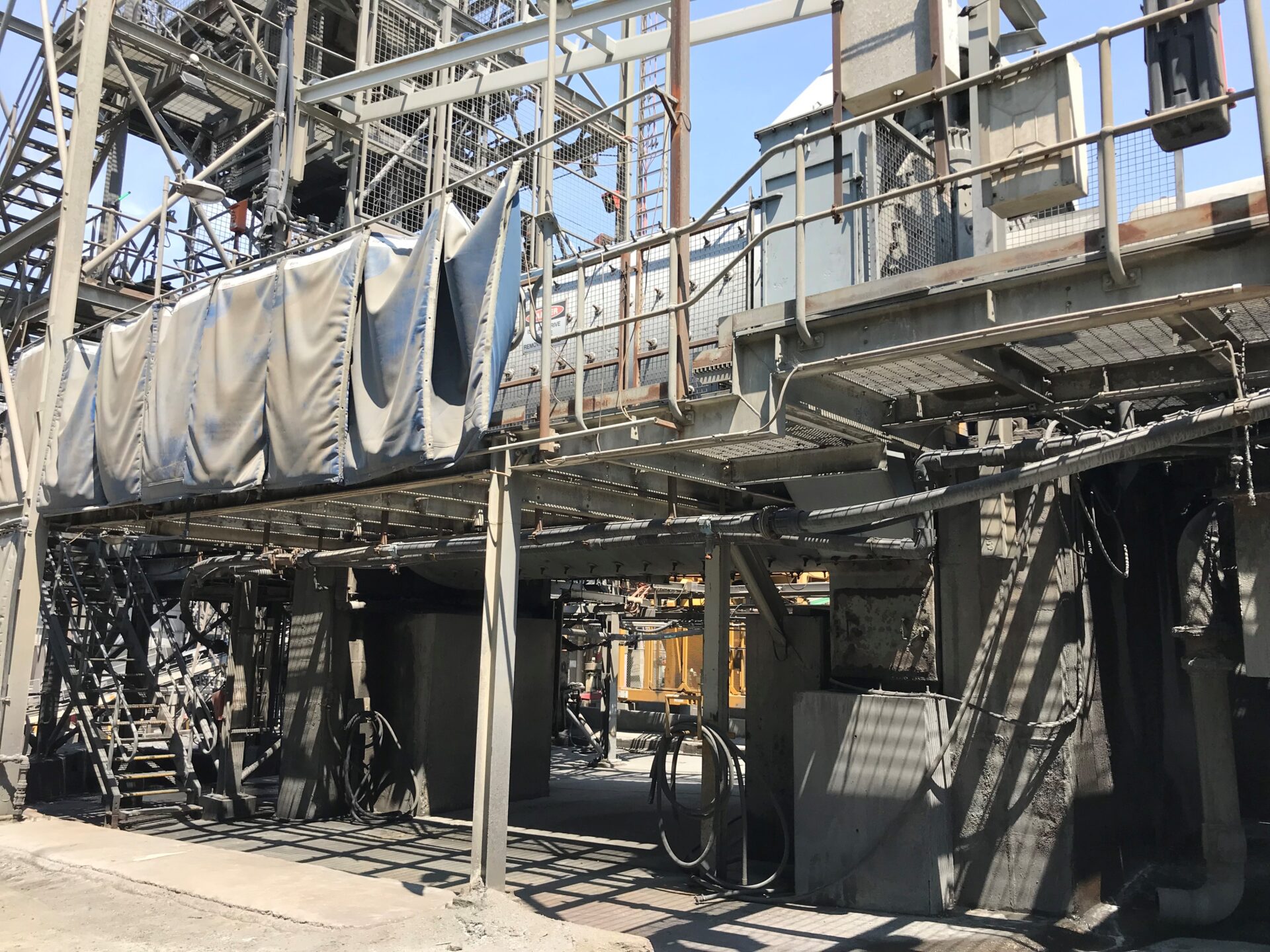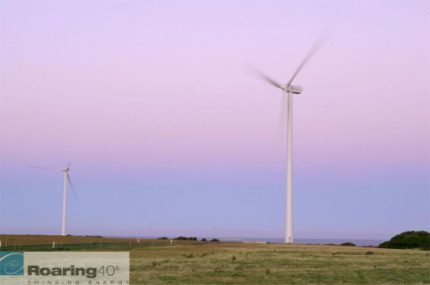Building and Construction
For over 35 years, Dr. Broner has been heavily involved in architectural acoustics and mechanical services noise control. In this capacity, he has been involved with the designs and specifications of walls/floors/ceilings and roofs for sensitive spaces such as hospitals, offices, and prisons to ensure acoustical and speech privacy. For defense/legal and similar facilities, he has also been involved with ensuring that given levels of acoustic secrecy are also achieved.
Norm has also been concerned with the internal spatial design so as to achieve the required reverberation time, speech and music conditions, warmth, and definition and clarity for halls, theatres, auditoria, courtrooms, etc. The effect of air conditioning noise on internal ambient levels has also been investigated and controlled. Norm was involved, through ASHRAE, in the setting of low-frequency noise criteria and the development of the RC Noise Mark II metric for air conditioning noise.
Norm has also been involved in minimizing noise intrusion from outside noise sources such as traffic, aircraft, and munitions noise.
He has also been involved in the post-construction measurement of the acoustic performance of various walls/facades to prove that the acoustic requirements have been met and has advised on fixes if they did not comply.
Norm has also been involved in the design, specification, and commissioning of sound systems ranging from simple addresses to large sports venues. In addition, he has predicted structure-borne noise levels in critical spaces due to railway activity and considered vibration isolation options.
Dr. Broner was also responsible for the introduction of Electronic Reverberation Enhancement systems to the Kwai Tsing Theatre and the Singapore Cultural Hall. This involved specification, evaluation of tenders, supervision of installation, and commissioning testing for these systems.

TRANSIT & BUILDING VIBRATION
For over 35 years, Dr. Broner has been heavily involved in the conduct of vibration measurements in buildings due to construction nearby and due to transit operations in the vicinity. This ihas involved the use of Australian and ISO Standards for assessment of perception and damage criterion. Dr Broner has also given evidence in court in relation to vibration damageto buildings. Dr Broner has also been involved in the prediction of vibration due to Transit Systems and assessment in accrodance with the US FTA 2018 recoomendations.

RELEVANT PROJECT EXPERIENCE
Defense
Aircraft noise modelling usually involves the use of the FAA Integrated Noise Model and the presentation of data using the DOTARS TNIP program. Supplemental noise metrics such as the N70 are also provided. Norm has been involved with land use planning in accordance with AS20201 and indeed sits on Committee AV/11 “Aircraft and Helicopter Noise” as a representative of the Australian Acoustical Society.
Dr. Broner has been involved with the design and specification of walls/floors/ceilings and roofs to ensure acoustical and speech privacy and to provide given levels of secrecy. He has also been involved with the architectural acoustics design of defence facilities to ensure minimal noise intrusion from outside noise sources such as traffic, aircraft, and munitions noise. Norm has also designed lecture rooms/theatrettes in defence facilities to provide optimum speech and music conditions for various forms of external noise sources (aircraft, traffic, impulse, munitions).
Dr. Broner has been involved in the specification of walls/glazing/ceilings and roofs to ensure acoustic privacy and secrecy in accordance with Australian and U.S. codes. He has also been involved in the post-construction measurement of the acoustic performance of various walls/facades to prove the acoustic requirements have been met and has advised on fixes if they did not comply.
He has measured and assessed ground vibration with respect to human perception and annoyance and potential building damage. He has also been involved with construction noise and vibration mitigation and with the assessment of vibration due to aircraft flyovers.
Dr. Broner has, over the years, also been involved in the preparation of Environmental Impact and Effects Statements. Appropriate criteria have been designated, and the predicted noise emissions, based on noise level predictions, have been assessed against these criteria. The potential impact and intrusiveness have then been assessed. For defence, he has been involved in the assessment of impact due to artillery/howitzer firing, downrange noise propagation, tank testing, and in-vehicle noise and vibration ride quality.


Industrial
Dr. Broner has over 30 years of involvement in the preparation of Environmental Impact and Effects Statements and of Environmental Management Plans. Appropriate criteria have been designated, and the predicted noise emissions, based on SoundPlan noise level predictions, have been assessed against these criteria. The potential impact and intrusiveness have then been assessed, and annoyance due to various noise sources has been evaluated. Norm has also provided expert witnesses at Planning Appeals and VCAT hearings.
Norm has been involved with industrial noise assessment, noise source ranking, and noise control. Where necessary, optimum cost-effective noise controls have been recommended and designed to reduce excessive noise emissions within statutory and regulatory limits. For example, Norm has designed blow-down vent silencers and -air-handling system silencers. He has also designed and specified full or partial enclosures and vibration isolation for compressors, pumps, screens, turbines, etc.
Noise mitigation measures are optimised to obtain the best $/decibel noise reduction. For mine and quarry projects, the impact and assessment of blasting and ground vibration have also been assessed.
Dr. Broner has also been involved in the prediction, assessment, and control of vibration. He has measured and assessed ground vibration with respect to human perception and annoyance and with respect to potential building damage. He has also been involved in construction noise and vibration mitigation and with the assessment of vibration due to aircraft flyovers.
RECENT RELEVANT PROJECT EXPERIENCE INCLUDES:
Health
Dr Broner has over the years been heavily involved with architectural acoustics and mechanical services noise control. Norm has been involved with the specification of walls, doors, floors to provide speech privacy for various critical spaces eg in Hospitals, research or Defence facilities and in legal surroundings. The effect of air conditioning noise on internal ambient levels has also been investigated and controlled. Achieving appropriately low noise due to air-conditioning is potentially important in patient care and comfort. Norm has been concerned with defining building envelopes for the control of noise ingress as well as with the internal spatial design so as to achieve the required reverberation. This is important for ensuring that hospital areas are not too excessively reverberant which can impact on patient comfort, especially adjacent to heavily trafficked corridors. Norm was involved, through ASHRAE, in the setting of low frequency noise criteria and the development of the RC Noise Mark II metric for air conditioning noise.
Norm has been involved with the assessment of emergency helicopter noise impact on patients in hospitals and on design of facades to minimise noise intrusion to sensitive patients. Similarly, the impact of emergency helicopter noise and throb on sensitive instrumentation needs to be considered.
The prevention of footfall and other noise transmission has also been considered and can be very important in hospital facilities, particularly as sensitive facilities like electron microscopes and MRI’s might be affected. In addition, he has predicted structure borne noise levels in critical spaces due to railway activity and considered vibration isolation options. This is also potentially an issue in hospitals where there are MRI machines or sensitive electron microscopes.
Perth Childrens Hospital

Client: Thinc Health
Role: Advisor to the State on all acoustics and vibration issues 2010 – present
Low Frequency Noise
Dr Norm Broner has over 35 years of consulting experience in Acoustics, Noise and Vibration. He has been heavily involved in the preparation of Environmental Impact Statements and with the preparation of Environmental Management plans. Where necessary, optimum cost-effective noise controls have been recommended and designed to reduce excessive noise emissions to within statutory and regulatory limits. Norm has also been involved with various community/public consultation processes/meetings and has also presented technical information at public/community meetings and provided expert witness at various Tribunals/Panel Hearings and in court.
Norm has been involved with the effects of Low Frequency Noise (LFN) since 1973. He completed his PhD on LFN Annoyance at Chelsea College under the guidance of Prof Geoff Leventhall and proposed the LFNR noise metric to minimise LFN annoyance indoors. He conducted a research program on LFN and Rumble due to HVAC funded by ASHRAE (USA) which resulted in a modification of the RC criterion. Norm wrote the Chapter on “Effects of Infrasound, Low Frequency Noise and Ultrasound on People” in the “Handbook of Noise and Vibration Control” which was published in September 2007. More recently, Norm developed simplified LFN criteria which have been adopted by the Australian NSW Department of Planning.
Norm was a member of the Australian National Health Medical Research Council Wind Farm & Human Health Reference Group which completed its investigation with the NHMRC statement in Feb 2015. Norm was also an International Advisor to the Health Canada research project entitled Community Noise & Health Study for which the field work has been completed, the preliminary results have been released and now several peer reviewed papers are being prepared for publication.
Norm was the Guest Editor for a special edition of Acoustics Australia Vo1 41 April 2012 dealing with the topic of Wind Farm Noise.
Norm has applied this expertise to the assessment of environmental noise emissions from power stations, mines, process plant and wind turbine farms.
RECENT RELEVANT PROJECT EXPERIENCE INCLUDES:

Mining
Dr Broner has over 30 years involvement with the preparation of Environmental Impact and Effects Statements and of Environmental Management plans. Appropriate criteria have been designated and the predicted noise emissions, based on SoundPlan noise level predictions, have been assessed against these criteria. The potential impact and intrusiveness have then been assessed and annoyance due to various noise sources assessed. Norm has also provided expert witness at Planning Appeals and VCAT hearings.
Norm has been involved with industrial noise assessment, noise source ranking and noise control. Where necessary, optimum cost-effective noise controls have been recommended and designed to reduce excessive noise emissions to within statutory and regulatory limits. For example, Norm has designed blow down vent silencers and air handling system silencers. He has also designed and specified full or partial enclosures and vibration isolation for compressors, pumps, screens, turbines etc.
Noise mitigation measures are optimised to obtain the best $/decibel noise reduction. For mine and quarry projects, the impact and assessment of blasting and ground vibration has also been assessed.
Dr Broner has also been involved with the prediction, assessment and control of vibration. He has measured and assessed ground vibration with respect to human perception and annoyance and also with respect to potential building damage. He has also been involved with construction noise and vibration mitigation and with the assessment of vibration due to aircraft flyovers.

RECENT RELEVANT PROJECT EXPERIENCE INCLUDES:
UnderWater
Norm has significant expertise in the assessment of underwater noise impact on marine life and has undertaken a considerable number of underwater noise assessments for various clients including Rio Tinto, Woodside, BHP, Inpex, BMI JV and the Port of Melbourne. These assessments have considered the impact of underwater construction activities including blasting, dredging and piling and oil and gas industry activities such as seismic surveys on marine life. The marine life considered has included cetaceans, odontocetes, pinipeds, turtles and fish.
Norm has been involved in detection of marine fauna for the purpose of safety zone protection. This approach can also be applied to defence applications and diver detection and enemy submersible detection.
Norm has also consulted with the Australian Federal Government DSEWPaC to assist with the setting of safety zones for cetaceans during blasting and has been involved with blast design to minimise impact while optimising production.

